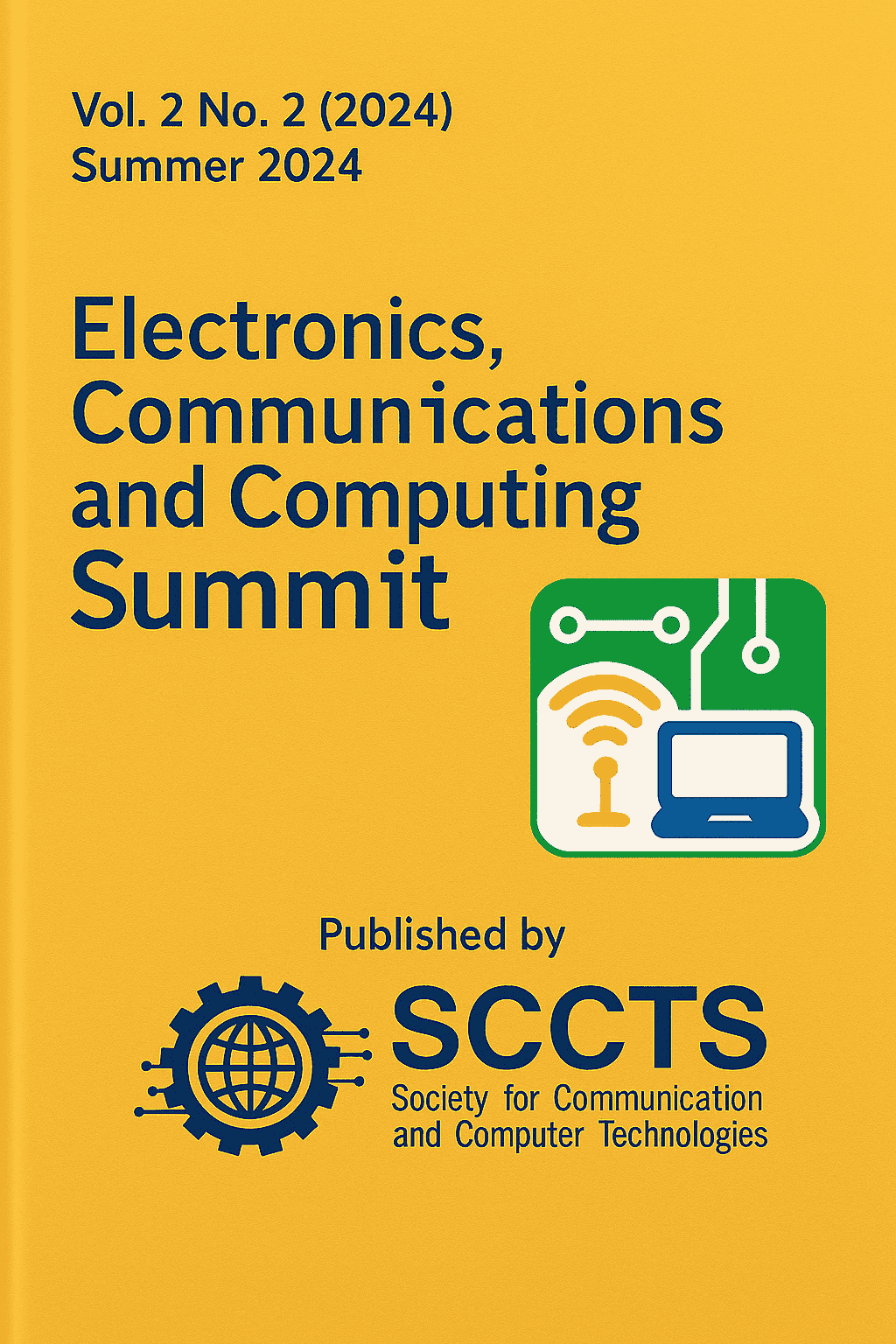Advanced MEMS-Based Sensors for Next-Gen Electronics and Biomedical Applications: Design, Integration, and Future Directions
Keywords:
MEMS-based sensors, Biomedical applications, Next-generation electronic systems, Nanomaterials, Piezoelectric MEMS actuators, AI-assisted signal processingAbstract
The fast development of the electronic devices and biomedical technologies has determined the growing need in miniaturized, high performance sensors, and multifunctional sensors capable to work under various environmental and physiological condition. The Microelectromechanical Systems (MEMS)-based sensors have become a disruptive solution because these sensors have the inherent features of miniaturization, low power, high sensitivity, seamless integration with complementary metal-oxide-semiconductor (CMOS) platforms. In this paper, a detail analysis of the cutting edge MEMS sensor applications in next generation electronic devices and new fields of application in biomedical applications is present. One possible future novel breakthrough hybrid sensor system we postulate can utilise nanostructured materials- e.g. graphene and zinc oxide (ZnO) nanowires used with piezoelectric actuation mechanisms e.g. aluminum nitride, lead zirconate titanate to improve the mechanism of converting mechanical to electrical. The fabrication procedure employs the use of surface micromachining of silicon-on-insulator (SOI) substrates using CMOS-compatible procedures to allow scale and cost-effective fabrication. Structural optimization was performed using finite element simulations and verified experimentally to be at 2.1 MHz ( 5%), 0.97 V/g sensitivity, 0 200mmHg ( 1.8%) pressure range and with power below 0.2 mW. Cytotoxicity was measured in a 72-hour cytotoxicity test, and the full-scale processing of the signal with the use of AI (FFT + CNN) showed significant enhancement of signal-to-noise ratio on noisy samples. Without limitations, some of the applications are wearable IMUs, implantable biosensors, and smart interfaces for human-machine interaction. The paper also identifies the major issues like thermal drift, packaging challenges in in-vivo applications, mechanical wear out in hostile conditions. Future directions are (i) self-powered mechanisms, (ii) flexible substrates of soft robotics, and (iii) federated machine learning to secure edge analytics. On the whole, the concept of the proposed MEMS sensor platform provides an opportunity to a new route to intelligent, adaptive, and multipurpose sensoric in the upcoming generation of electronic devices and biomedical applications.



